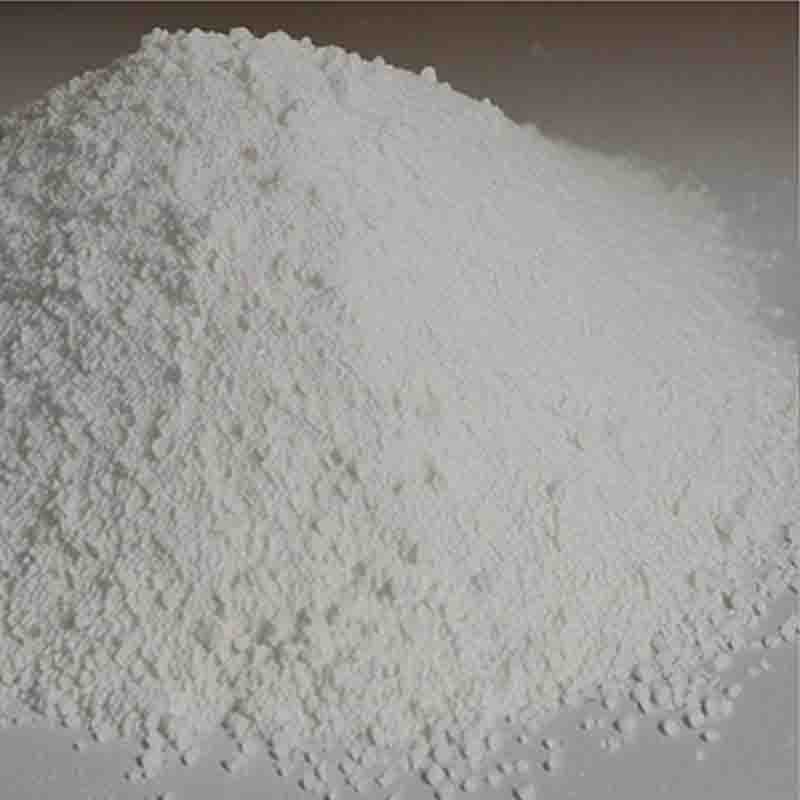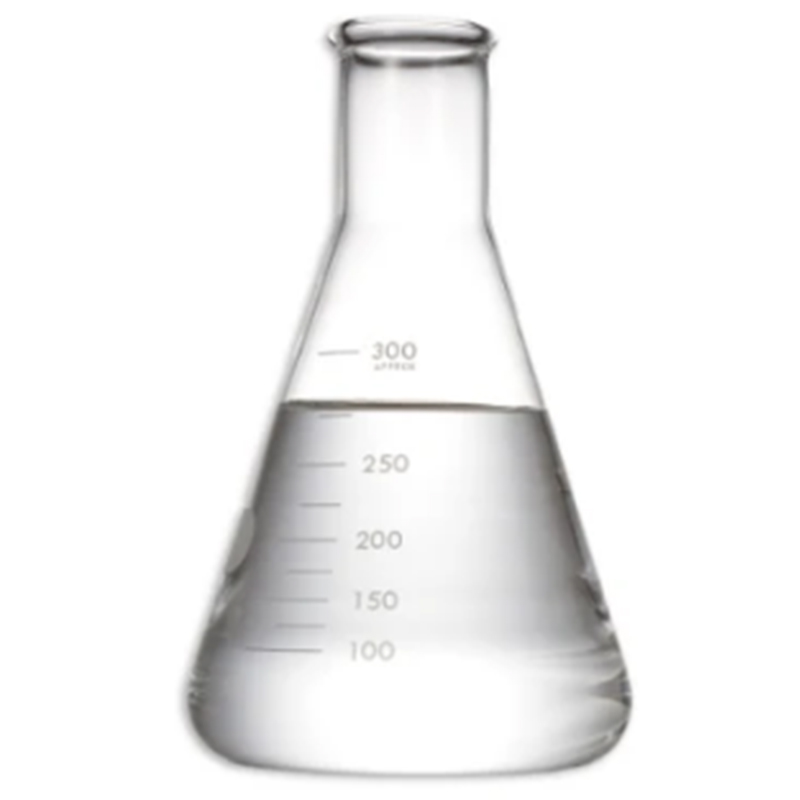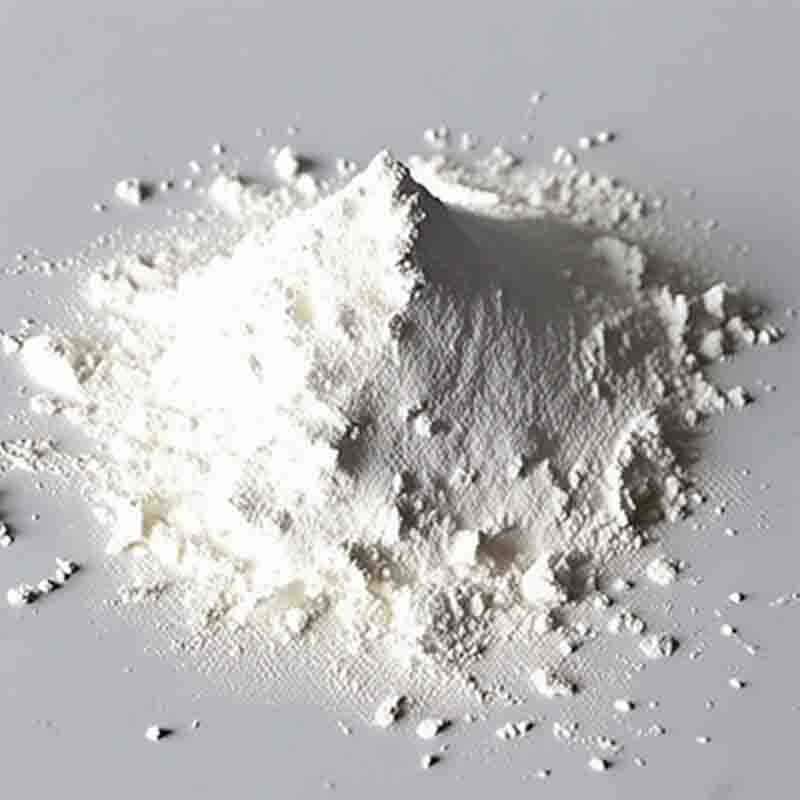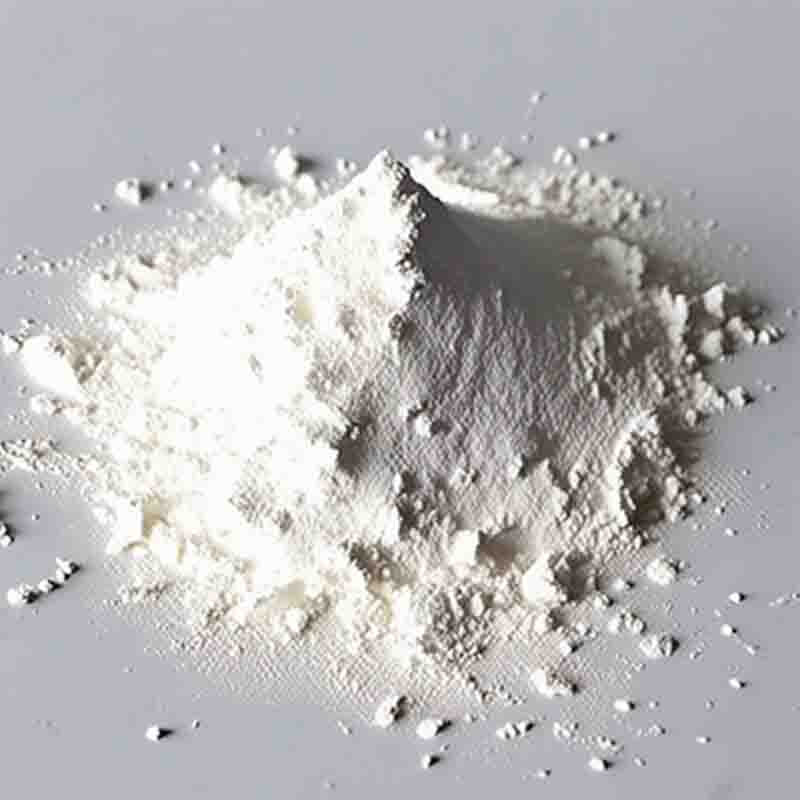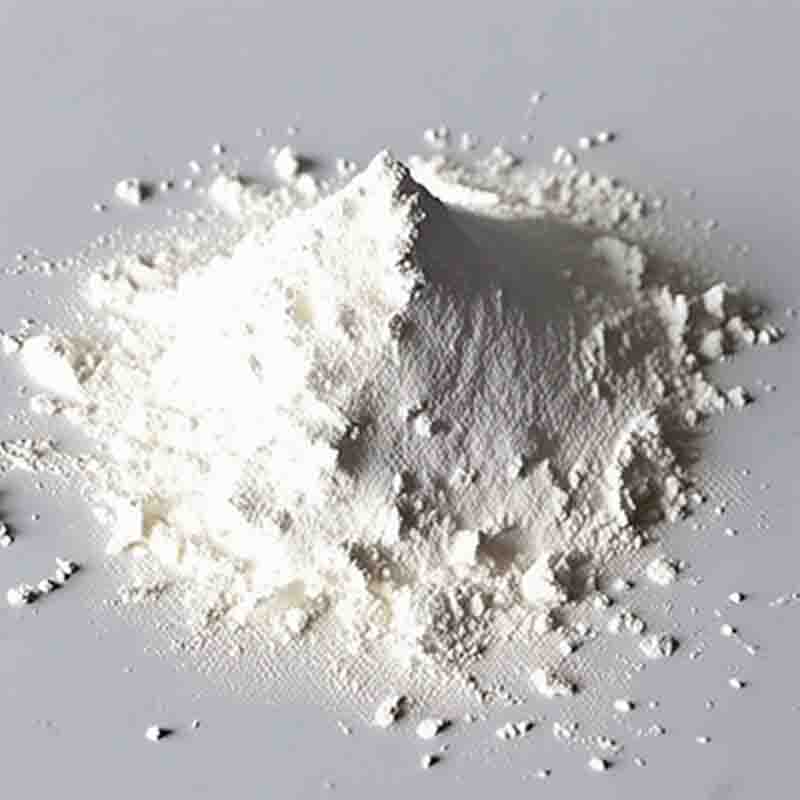Rhodium(II) acetate dimer CAS: 15956-28-2
| Catalog Number | XD94407 |
| Product Name | Rhodium(II) acetate dimer |
| CAS | 15956-28-2 |
| Molecular Formula | C8H12O8Rh2 |
| Molecular Weight | 441.99 |
| Storage Details | Ambient |
Product Specification
| Appearance | White powder |
| Assay | 99% min |
Rhodium(II) acetate dimer, also known as Rhodium(II) acetate, [Rh2(OAc)4], is a coordination compound that consists of two rhodium atoms bonded to four acetate ligands. It is a brownish-red crystalline powder that is soluble in organic solvents and known for its air and moisture stability. This compound finds significant use as a catalyst in various organic transformations.One notable application of Rhodium(II) acetate dimer is its use as a catalyst in the synthesis of vinyl acetate. Vinyl acetate is an essential building block in the production of polymers, adhesives, and coatings. The catalytic system involving Rhodium(II) acetate dimer can efficiently promote the insertion of acetylene into acetic acid, leading to the formation of vinyl acetate. This process is industrially important and has been optimized to achieve high selectivity and conversion rates.Rhodium(II) acetate dimer also shows utility as a catalyst in the oxidative coupling of alkenes. It can promote the formation of C-C bonds via the reaction of two alkene molecules under mild conditions. This catalytic process is valuable in the synthesis of complex organic molecules, such as natural products and pharmaceuticals. Rhodium(II) acetate dimer has been employed in the development of efficient strategies for the construction of carbon-carbon bonds.Furthermore, Rhodium(II) acetate dimer is known for its ability to catalyze various carbon-hydrogen activation reactions. It can selectively activate C-H bonds in organic substrates, allowing for the direct functionalization of otherwise inert carbon-hydrogen bonds. This reactivity has been harnessed in the synthesis of substituted aromatics, heterocycles, and other structurally diverse compounds.The unique reactivity of Rhodium(II) acetate dimer is attributed to its ability to undergo rhodium(II)/rhodium(III) redox cycles. These redox processes enable the transformation of the catalytically active species, facilitating the desired reactions. The stability and solubility of Rhodium(II) acetate dimer in common organic solvents also contribute to its usefulness as a catalyst in various organic transformations.In summary, Rhodium(II) acetate dimer is a versatile catalyst in the synthesis of vinyl acetate, oxidative coupling reactions, and carbon-hydrogen activation processes. Its ability to promote selective reactions and facilitate the formation of carbon-carbon bonds has made it a valuable tool in the synthesis of complex organic molecules. The stability, solubility, and specific reactivity of this compound make it an essential catalyst for chemists working in organic synthesis and the development of new materials.




